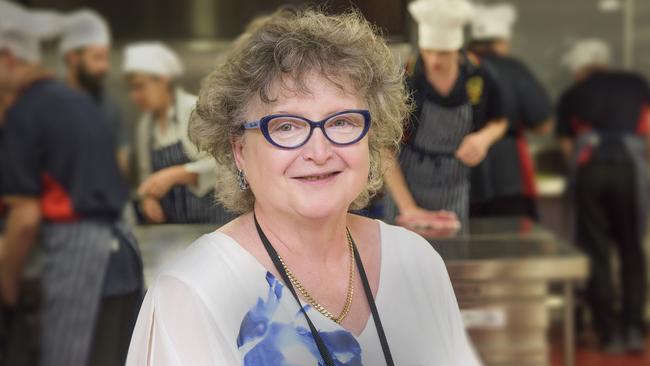Sneaky way to make your child a better student
PRINCIPAL Christine Roberts-Yates reveals the simple old-fashioned game that teaches all the skills that can help your child become a successful student.

School Life
Don't miss out on the headlines from School Life. Followed categories will be added to My News.
A FAMILY scavenger hunt, looking for clues and finding treasure in the neighbourhood is an easy game to plan and play.
Principal Christine Roberts-Yates, a 2017 winner in the Commonwealth Bank Teaching Awards for excellence, said orienteering games and navigation were vital elements of a child’s learning journey and encouraged proactive parents to give it a try.
“It is a natural learning journey of discovery and will help to improve a range of navigational skills, build teamwork and communication skills, as well as active participation in physical exercise,” said Dr Roberts-Yates, from Murray Bridge High School in South Australia.
“Parents will need to design a simple course beforehand, so that the children can compete, using maps to navigate their way through the course. Coloured twine, ribbon or bunting can mark an area outside to demarcate a course for young children at the preliminary stages of navigation.
“The children will be given simple maps that feature the layout of the stringed course, as well as circles to designate where the markers are located — as the children move excitedly along the string course, they will have to use the map to assist them in the location of the markers.”
She said an orienteering relay race was fun, while improving agility, balance and co-ordination, building self-confidence, developing map-reading skills, as well as resilience and team building.
“Small teams of three or four children are required, and each team commences the race behind the same line — the first child has a map, which is used to negotiate through the course,” she explained. “The course can include climbing a wall, crawling underneath a rope net, zigzagging through a line of cones, jumping over hurdles, dragging a tyre or throwing beanbags into a bucket.
“As soon as the first child gets to the end of the course, the map is deposited in a box before sprinting back to tag the teammate, who then picks up the map and continues through the course.”
She said parents could organise a direction game to improve children’s understanding of the directions north, south, east and west, which reinforced the skill of reading a compass, as well as stimulating communication, active listening and accurately following directions.
—In partnership with the Commonwealth Bank
